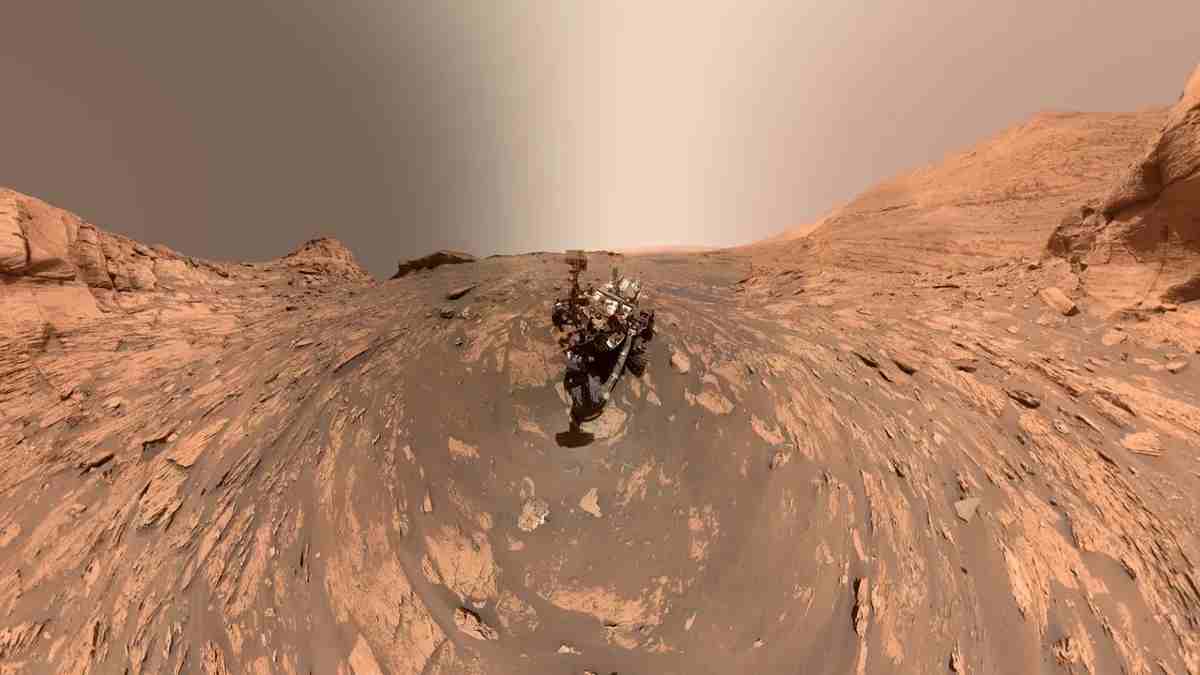The discovery of carbon on Mars surprised many experts. NASA’s Curiosity managed to find samples containing a lot of ancient carbon on the Earth-like planet.
NASA robots, in their exploration of Mars, managed to find some alien organic compounds in the planet. With these discoveries, emerged the hypothesis of ancient life there.
Also Read: Mars Robot Ascent Vehicle, Prepares Mars Rock and Soil Research
Curiosity Reveals Carbon Discovery on Mars
In August 2012, NASA flew their research robot called Curiosity to Mars. Curiosity landed inside Mars’ 96-mile (154 km) Gale Crater.
This robot has a mission to look for microbial life support there. With this robot, the exploration team discovered that Gale’s surface is a potentially habitable environment.
Researchers believe that billions of new years, Gale harbored a system of lakes or streams for millions of years.
In their latest study, which was published in the Proceedings of the National Academy of Sciences on January 18, 2022, the research team found many rock samples.
Curiosity collects these rocks using a percussion drill which is useful for retrieving various research materials.
Through Curiosity’s mast camera, you can see a landscape in the form of a stimson sandstone formation in the Gale crater. Also at this location, Curiosity drilled samples rich in carbon-12.
Currently, the researchers draw three preliminary conclusions about the discovery of the carbon signal.
First, the presence of Martian microbes that can produce methane, then turn it into organic molecules with ultraviolet light.
The second possibility is that the organics involve UV light and non-biological carbon dioxide, which is the main gas on Mars.
Finally, it is possible that the solar system has long since floated through a giant molecular cloud full of carbon 12. Three possibilities were put forward by experts in accordance with available data.
Also Read: New Evidence of Life on Mars, Really Through the Discovery of Thiophene?
Signs of Life?
With the discovery of carbon on Mars, there has been speculation of ancient life on this planet.
This is because the sample research shows the presence of chemicals related to life on Earth.
This carbon finding helps researchers know what kind of life they are looking at.
“The process by which carbon appears on Earth that we detected on Mars is a biological process. We have to understand whether this is true on Mars or not because Mars is very different,” said House, one of the researchers.
Also Read: Discovery of New Chemical Reactions on Mars that were Previously Unseen
Researchers still need additional data to be able to conclude what actually happened.
Are the organic elements that Curiosity found the same as on Earth or for some other reason.
Furthermore, the discovery of carbon on Mars will add to the research journals of Mars explorers. Currently, Perseverance is hunting for signs of life on ancient Mars.
After the sample is collected, the robot will bring it back to Earth for further research. (R10/HR-Online)
–


